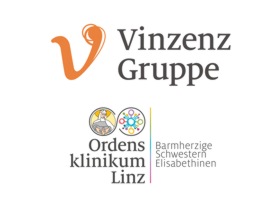BAY 1075553 PET-CT for Staging and Restaging Prostate Cancer Patients: Comparison with [18F] Fluorocholine PET-CT (Phase I Study)Tools Beheshti, Mohsen und Kunit, Thomas und Haim, Silke und Zakavi, Rasoul und Schiller, Christian und Stephens, Andrew und Dinkelborg, Ludger und Langsteger, Werner und Loidl, Wolfgang (2015) BAY 1075553 PET-CT for Staging and Restaging Prostate Cancer Patients: Comparison with [18F] Fluorocholine PET-CT (Phase I Study). Molecular imaging and biology : MIB : the official publication of the Academy of Molecular Imaging, 17 (3). pp. 424-433. ISSN 1860-2002 8 - 2015 Mol Imaging Biol Beheshti.pdf ['document_security_info' not defined] Nur registrierte Benutzer Herunterladen (11MB)
|
||||||||||||||||
|
|
|
|


 Tools
Tools Tools
Tools